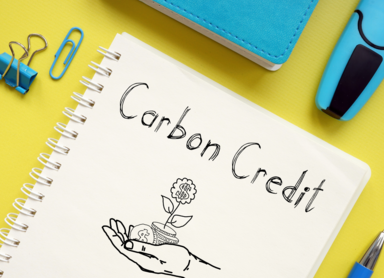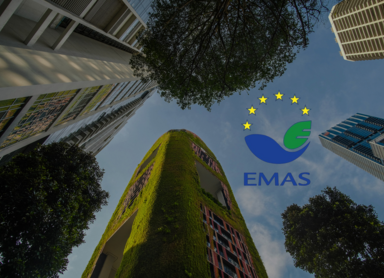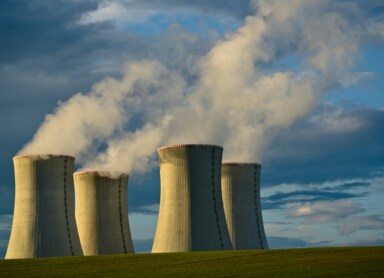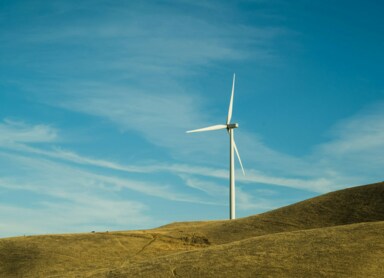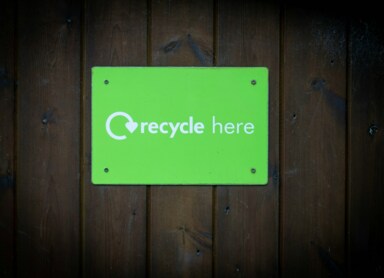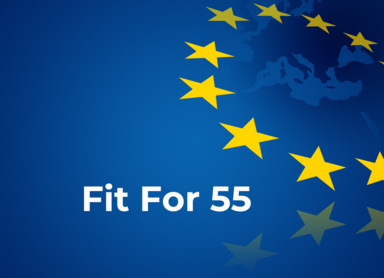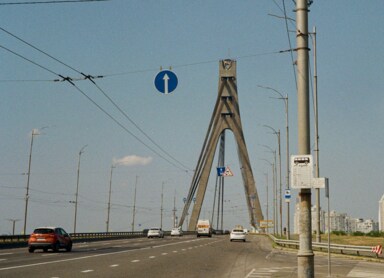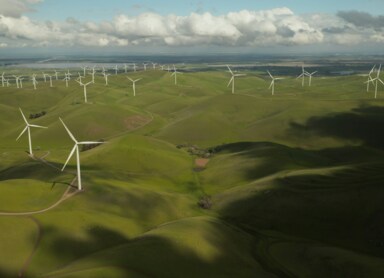Economic development
Electricity refund – how to get it? Who is eligible?
Rising electricity prices have led the government to introduce various mechanisms aimed at reducing household bills. Some of these measures apply to businesses, while others are available to households. Read on to find out who can receive an electricity refund and how to apply for it.
Green building certifications overview: LEED, BREEAM, WELL and other
In the mid-1980s, media attention focused on tragedies such as the Chernobyl nuclear explosion, the Bophal disaster in India, and the Exxon Valdez spill. As economic development increasingly interfered with the environment, people began to look for ways to make building structures safer. This is how the concept of Green Building was born. What certifications can companies planning infrastructure apply for today, and why invest in green building?
Carbon Credits – What Is Their Role in Combating Climate Change?
Mitigating and preventing climate change are goals that require decisive and large-scale action. One of the key elements of the global strategy to reduce greenhouse gas emissions is the Carbon Credit system. It serves as an incentive mechanism that promotes the use of renewable energy and reduces the negative environmental impact of businesses.
EMAS – A Complete Guide to Environmental Certification
Companies and government agencies are increasingly requiring their partners to demonstrate proper care for the environment. Entrepreneurs who want to show they are consciously and responsibly taking the green path—and avoid accusations of greenwashing—may choose to implement the EMAS certification. But what exactly is EMAS and what benefits does it offer?
ISO 50001 Standard. How Does It Improve Energy Efficiency in a Company?
For many companies, the use of a significant amount of energy in daily operations is critical to their business. To ensure that an organization operates in an optimized and highly efficient manner, it should consider adopting one of the standardized management systems. One such system is the ISO 50001 standard. What are its principles, and why is it worth implementing?
Nuclear energy – the pros and cons of this form of energy
Energia jądrowa może kojarzyć się z działaniami zbrojnymi, ale znajduje ona zastosowanie również do wielu celów pokojowych. Stosuje się ją w radiomedycynie, przemyśle lotniczym i metalurgicznym, czy wreszcie do zasilania elektrowni atomowych. Całkowity udział energetyki jądrowej w wytwarzaniu energii elektrycznej na świecie w 2021 roku wynosił 10,2%. Przyjrzyjmy się bliżej, jak działa ta technologia. Co to jest energia jądrowa, jak powstaje i czy jest się czego obawiać?
Climate neutrality – what is it and why is it important?
Climate neutrality is a state in which the amount of greenhouse gases emitted into the atmosphere is fully offset by measures aimed at reducing or absorbing them. In an ideal situation, net emissions are equal to zero. The European Union is striving for climate neutrality, with the ambition of becoming the first continent in the world to achieve this goal. Implementing measures and designing an ecosystem that will enable climate neutrality and greenhouse gas emission reductions are key to slowing down the pace of climate change.
RE100 standard - what are the goals and principles of this global initiative?
The transformation of the global economy toward zero-carbon is an extremely complex process that can be analyzed over decades. However, more and more large companies are joining the RE100 initiative. This is an international program that promotes sourcing energy from RES. What is RE100 and who can join this prestigious group?
How to keep waste records? Practical tips and obligations
Since 2018, the Ministry of Climate – previously the Ministry of Environment – has maintained an electronic BDO register, a database on products, packaging, and waste management. If your company is involved in the production, use, or disposal of waste in any way, you are likely required to register in the BDO. What should you know about this register?
Fit for 55 package - what is this climate package all about?
The Fit for 55 package is an ambitious initiative by the European Union aimed at combating climate change and achieving carbon neutrality by 2050. It includes a range of regulations and actions intended to reduce greenhouse gas emissions by at least 55% by 2030, compared to 1990 levels. The new regulations will affect many sectors of the economy, including energy, transportation, and construction, forcing member states to implement more sustainable and environmentally friendly solutions. What changes await us in the coming years, and what challenges will arise from achieving these goals?
Annual energy consumption it Poland. What are the trends?
Energy is an inseparable part of our daily lives, and analyzing its consumption is one of the key issues for the economy, politics, and the environment. Poland, as a country undergoing dynamic development, faces numerous challenges related to growing energy demand and the ongoing energy transition.
How does a smart energy grid work?
Key Information The power grid, developed at the end of the 19th century, had one primary goal: to generate enough electricity to meet the needs of end users—businesses and households. However, as demand for electricity increases, traditional centralized supply systems are proving insufficient. What is the concept behind a smart energy grid, and can your company become part of it?


